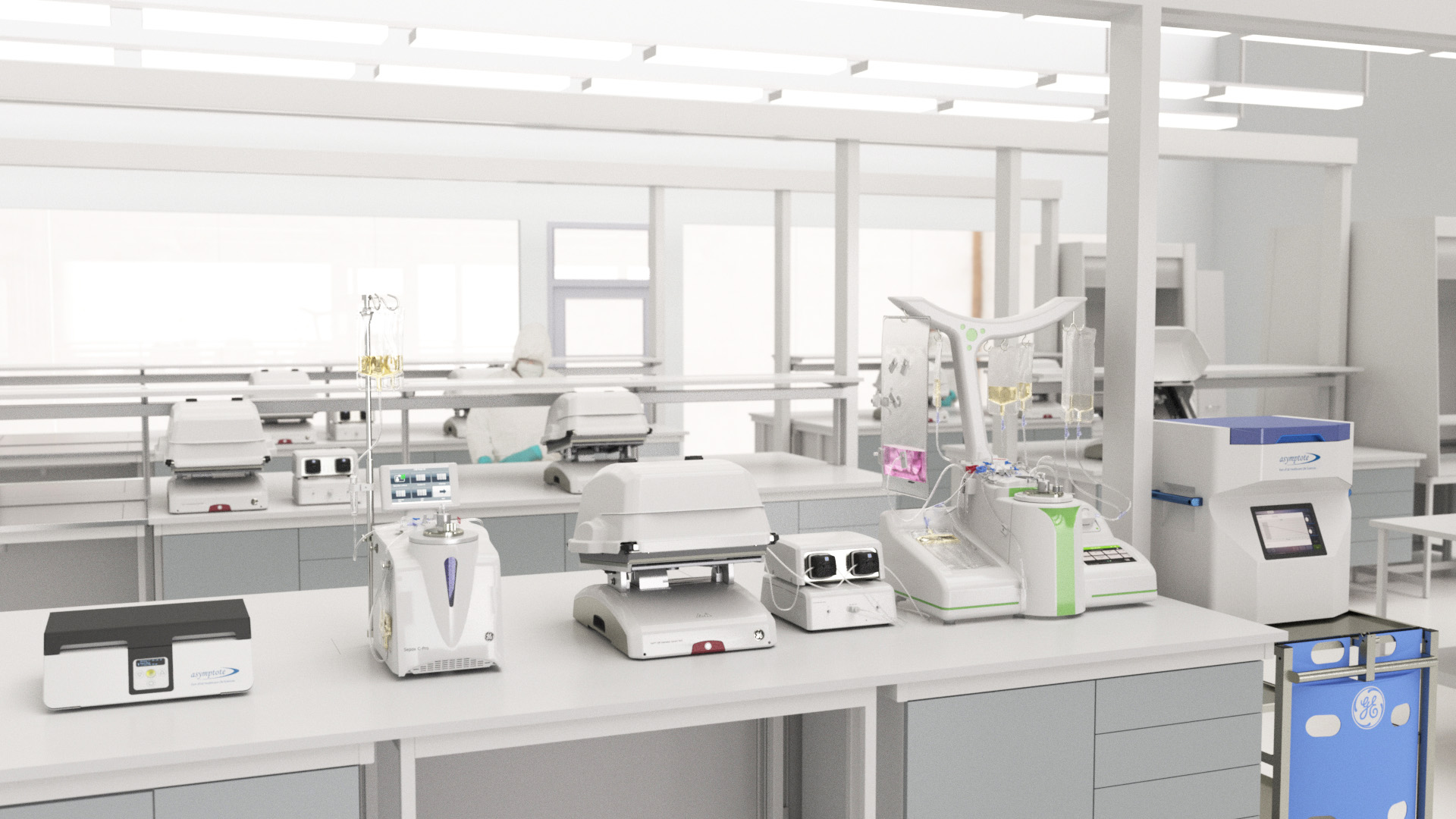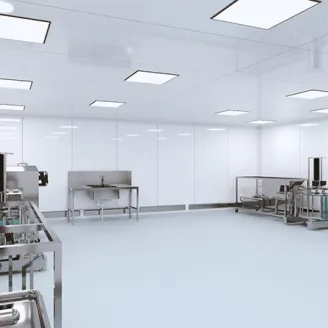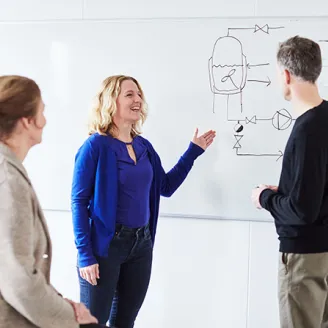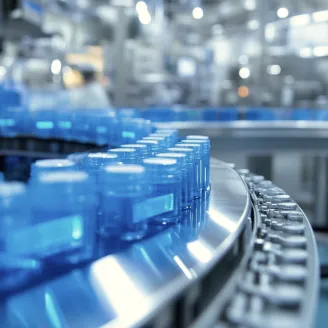scalable facilities for
Cell & Gene Therapies
Scalable Facilities for Cell and Gene Therapies
Scalable Facilities for Cell and Gene Therapies
Cell and gene therapy facilities require specialised and flexible design to ensure the safety and efficacy of these novel treatments. At KeyPlants, we are experienced in providing solutions for these unique facilities, from small-scale labs to larger manufacturing plants. We understand the importance of flexibility and speed to market in this field, which is why we utilise our innovative modular pods (Portable, On-Demand) technology to accelerate facility delivery, and enable easy repurposing of facilities. Our pods allow for scalable manufacturing, rapid deployment, and streamlined construction, ensuring that your facility meets your needs and regulatory requirements.
About Cell and Gene
Cell and gene therapies are rapidly growing fields with enormous potential to treat a wide range of diseases. When planning, designing, and executing projects related to cell and gene manufacturing facilities, it is important to consider the latest trends and dynamics in the field. One trend is the increasing demand for smaller, more flexible facilities, driven by several factors including the need for personalised medicine and more niche products, higher titers, regionalisation, and sustainability.
In terms of production steps, cell and gene therapies typically involve the use of viral vectors, which are used to deliver therapeutic genes to target cells. Additionally, cell culture and other techniques are used to produce large numbers of genetically modified cells
When investing in cell and gene manufacturing facilities, companies should focus on flexibility, scalability, and sustainability. Modular facilities and PODs offer higher predictability with regards to time schedule, cost, and quality. At KeyPlants, we specialise in designing and executing modular facility projects and PODs to meet the specific needs of cell and gene manufacturers.
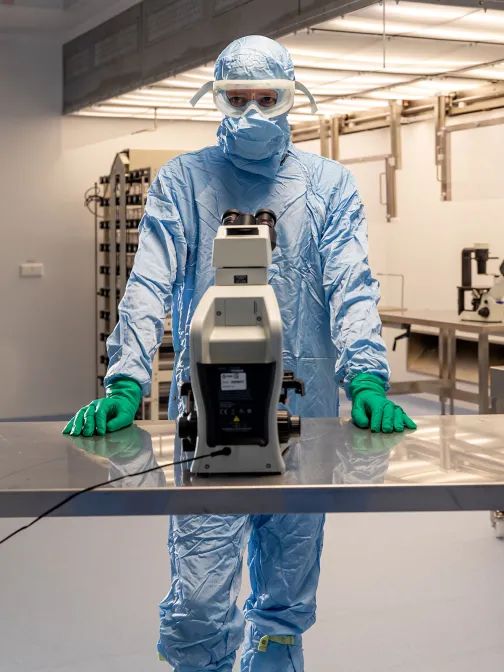
Production Techniques for Cell and Gene Therapies
There are several categories of cell and gene therapy, which include:
- Adoptive cell therapy: In which a patient's own immune cells (e.g., T cells) are isolated, expanded ex vivo, and then reinfused back into the patient to boost the immune response against a specific antigen, such as a tumour.
- Stem cell therapy: In which stem cells are used to generate replacement cells or tissues for the treatment of various disorders, such as those associated with bone marrow transplantations, neurodegenerative diseases, and heart disease.
- Genetic modification of cells: In which cells are genetically modified ex vivo, using gene transfer technologies (such as viral and non-viral vectors) to introduce a corrected or modified gene sequence into the cells.
As for manufacturing and facility set up trends for cell and gene therapy, the biggest trend is towards more personalised treatments that require a smaller number of doses manufactured for individual patients. This trend is reflected in the development of facilities that are more flexible, and capable of producing small batches of personalised products. Additionally, these facilities must adhere to strict regulations and guidelines to ensure the safety and effectiveness of the therapies produced.
Another trend is the use of automation and closed systems to minimise contamination, reduce variability and improve reproducibility.
Additionally, cell and gene therapies often require specialised equipment, like isolators or closed-system bioreactors, and trained personnel, which could impact the location and design of manufacturing facilities.
In conclusion, cell therapy involves the introduction, removal, or manipulation of cells for the treatment of diseases, while gene therapy involves the introduction of new genetic material for the treatment of genetic diseases. There are various categories of cell and gene therapies, such as adoptive cell therapy, stem cell therapy, and genetic modification of cells. Trends in manufacturing and facility set up include flexibility, personalised products, adherence to regulations and guidelines, the use of automation and closed systems, the location of facilities, and specialised equipment and trained personnel.

Talk to our sales representative for more information
FAQ
FAQ
What makes cell and gene therapy facilities different from traditional pharmaceutical plants?
Cell and gene therapy manufacturing requires smaller, highly flexible facilities that can adapt to personalized medicine, closed-system processes, and rapid scale-up, unlike large-scale traditional plants.
How do KeyPlants’ modular pods support cell and gene therapy production?
Our portable, on-demand pods are designed for fast deployment, scalability, and repurposing. They integrate cleanrooms, utilities, and automation systems to support regulatory compliance and reduce time to market.
Can KeyPlants provide both lab-scale and full-scale facilities?
Yes. We deliver solutions ranging from small laboratory environments for R&D to large-scale manufacturing plants-ensuring continuity as organizations grow.
How do modular solutions help meet regulatory requirements in advanced therapies?
Building in controlled workshop conditions ensures quality and consistency. Pods are designed to meet GMP standards and are tested before delivery, reducing compliance risks and ensuring operational readiness.
What trends are shaping the future of cell and gene therapy facilities?
Key trends include the rise of personalized treatments, automation and closed systems for contamination control, regionalized smaller facilities, and sustainability-focused designs-all of which our solutions address.
